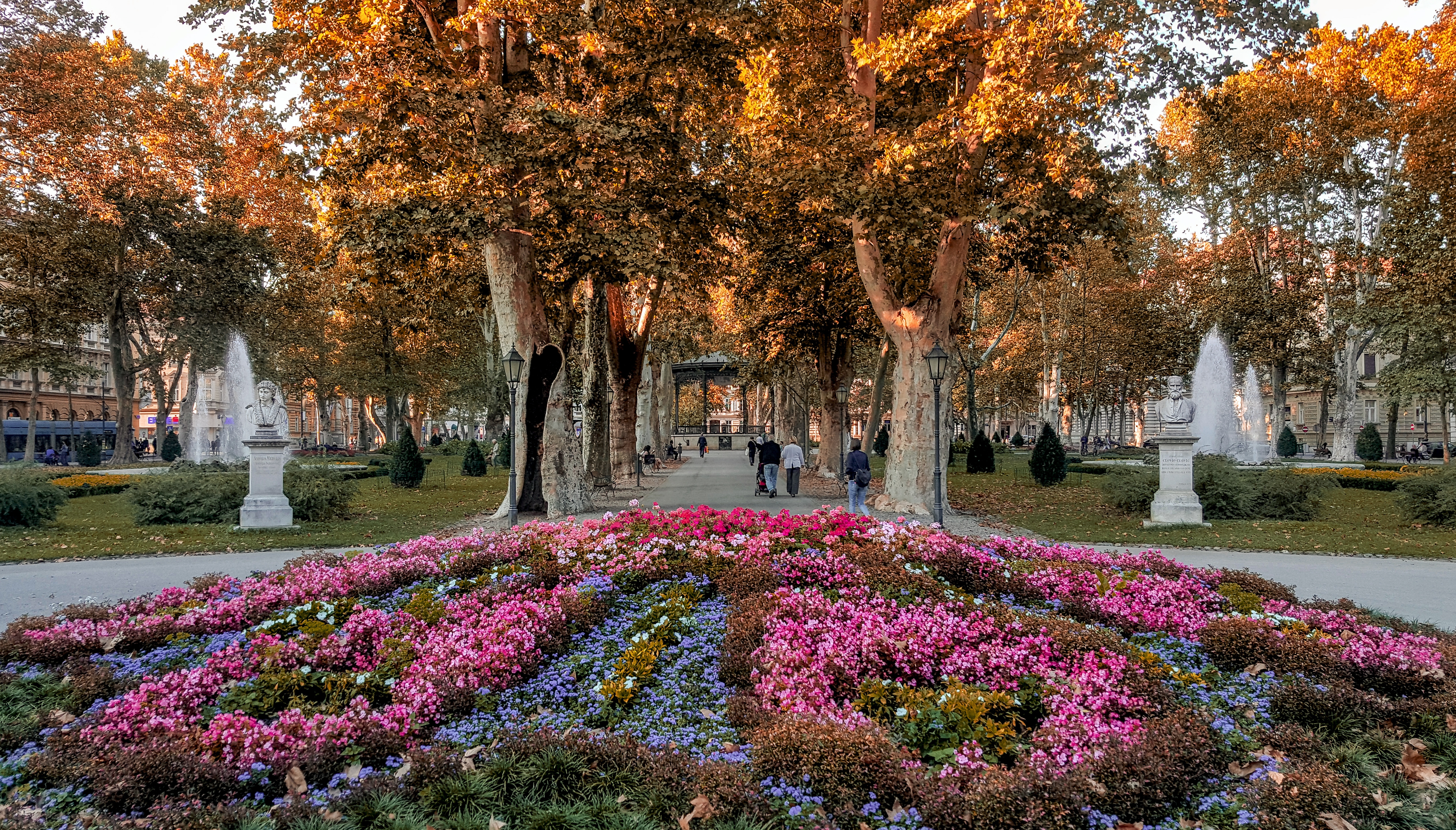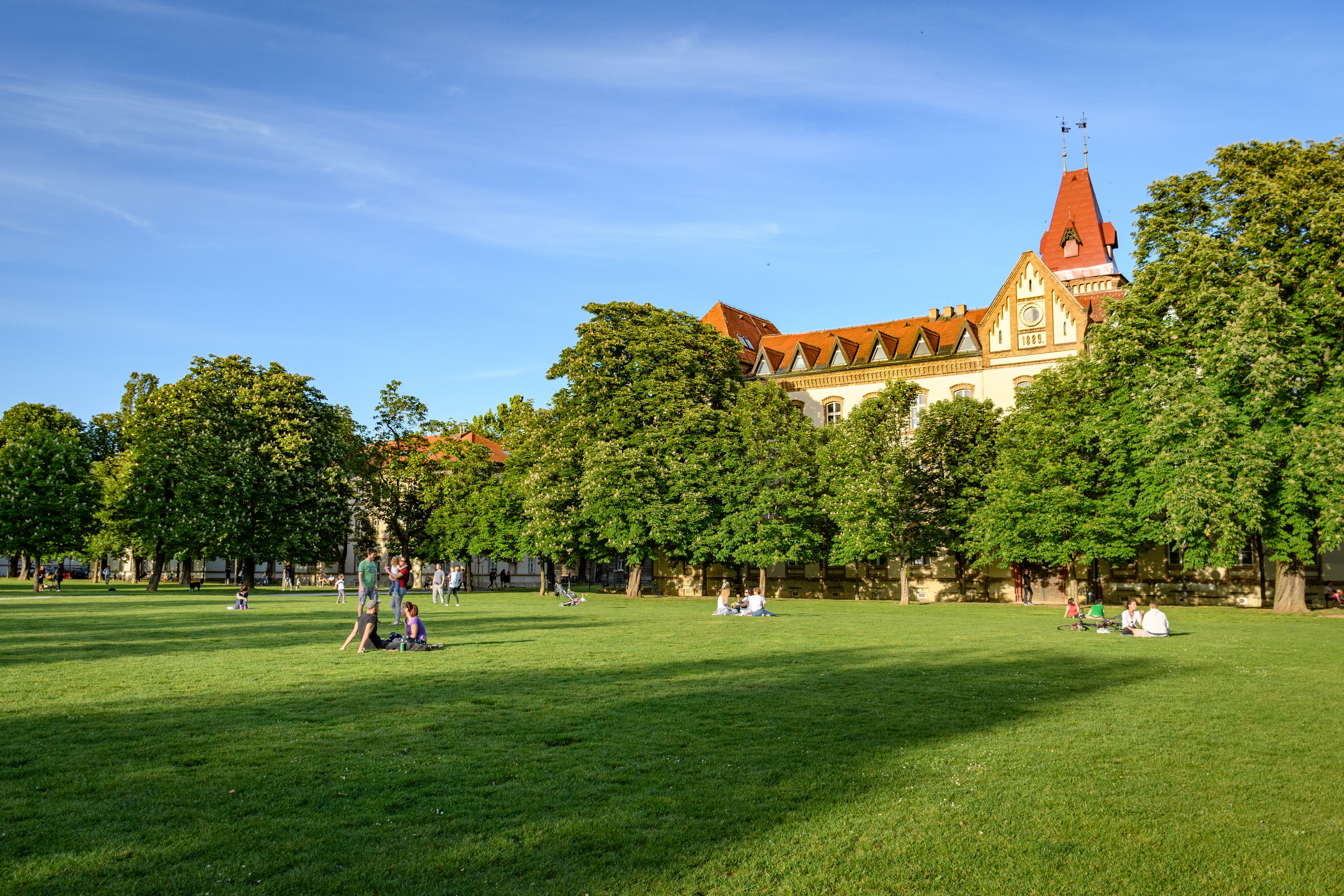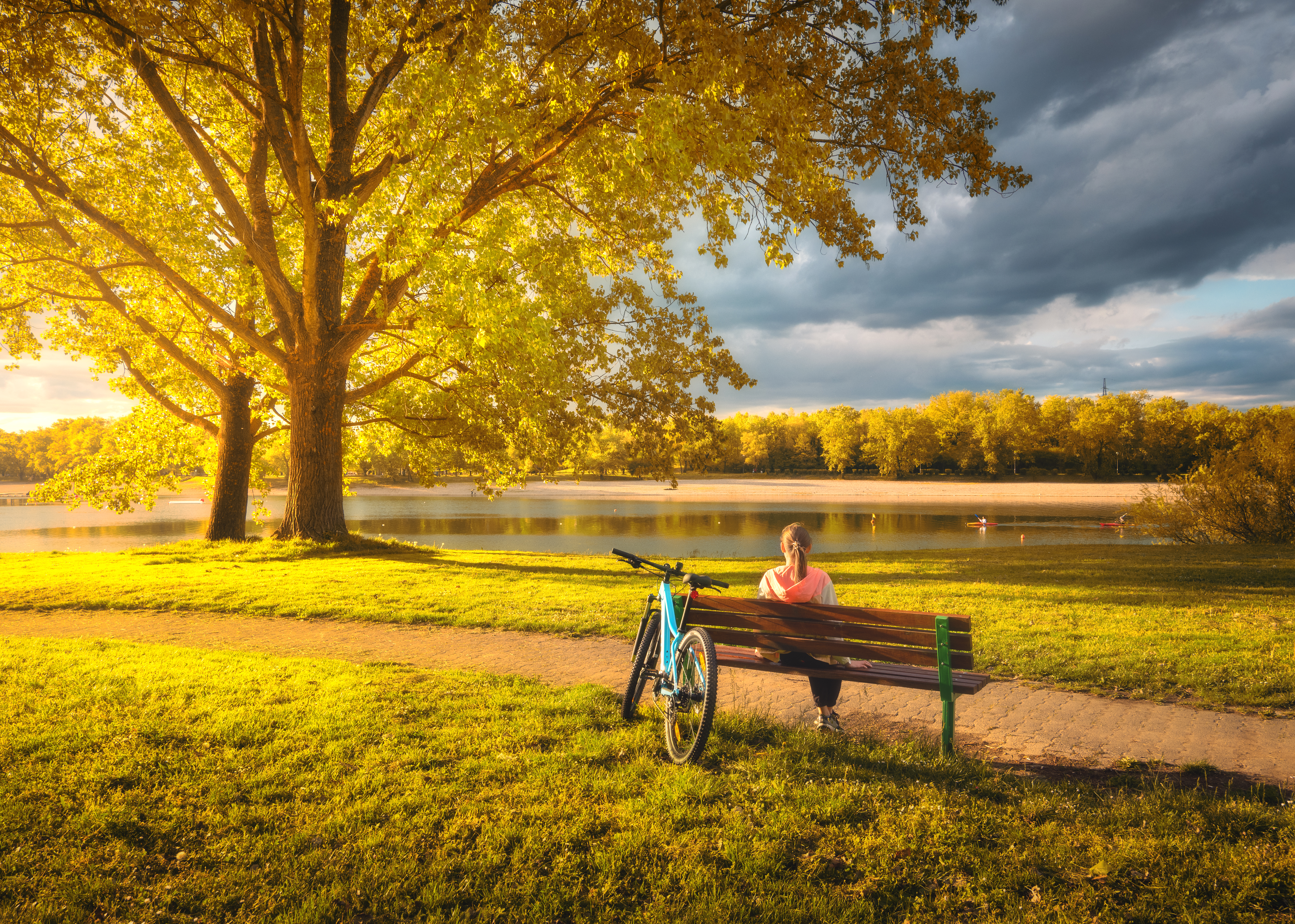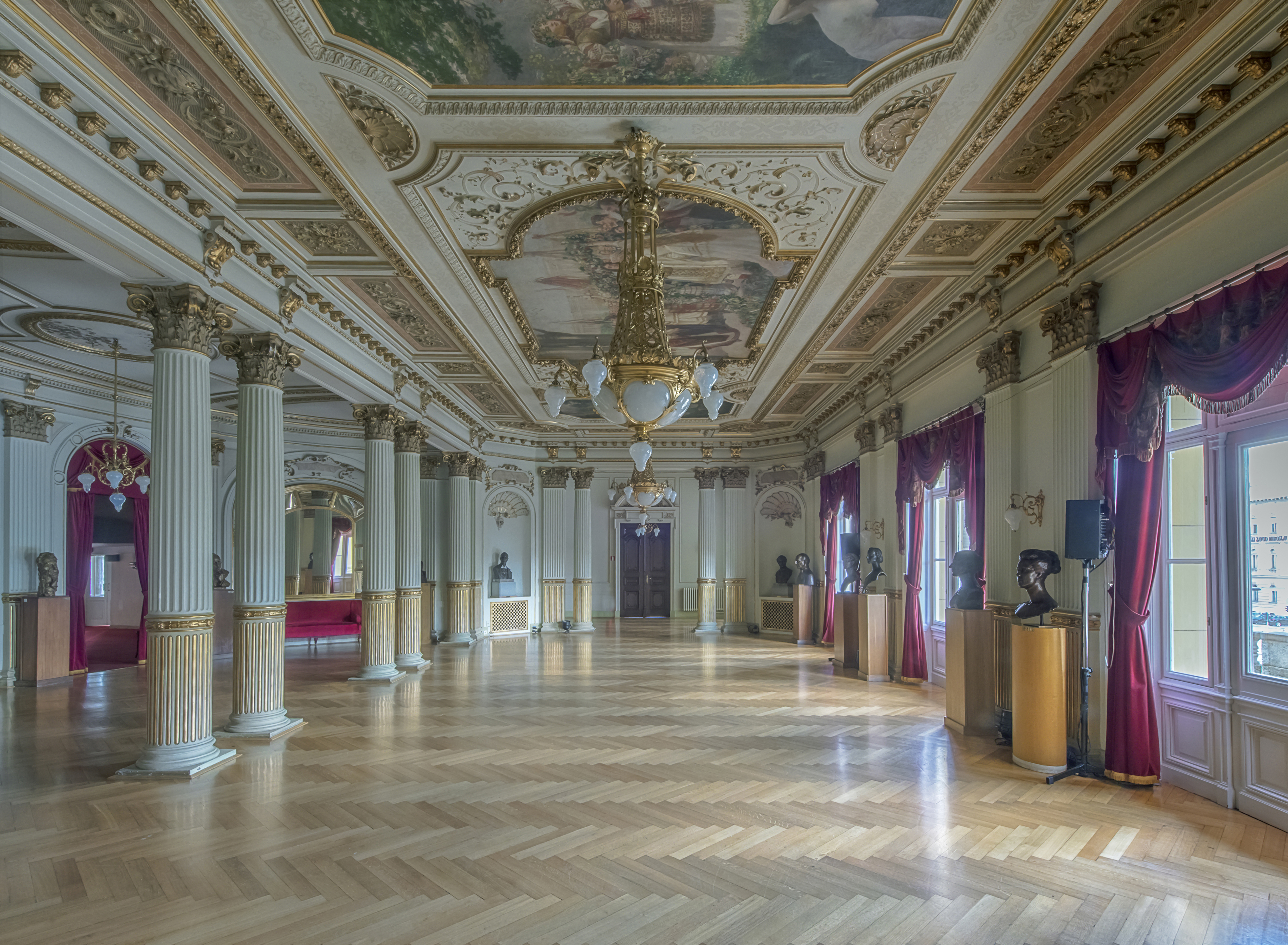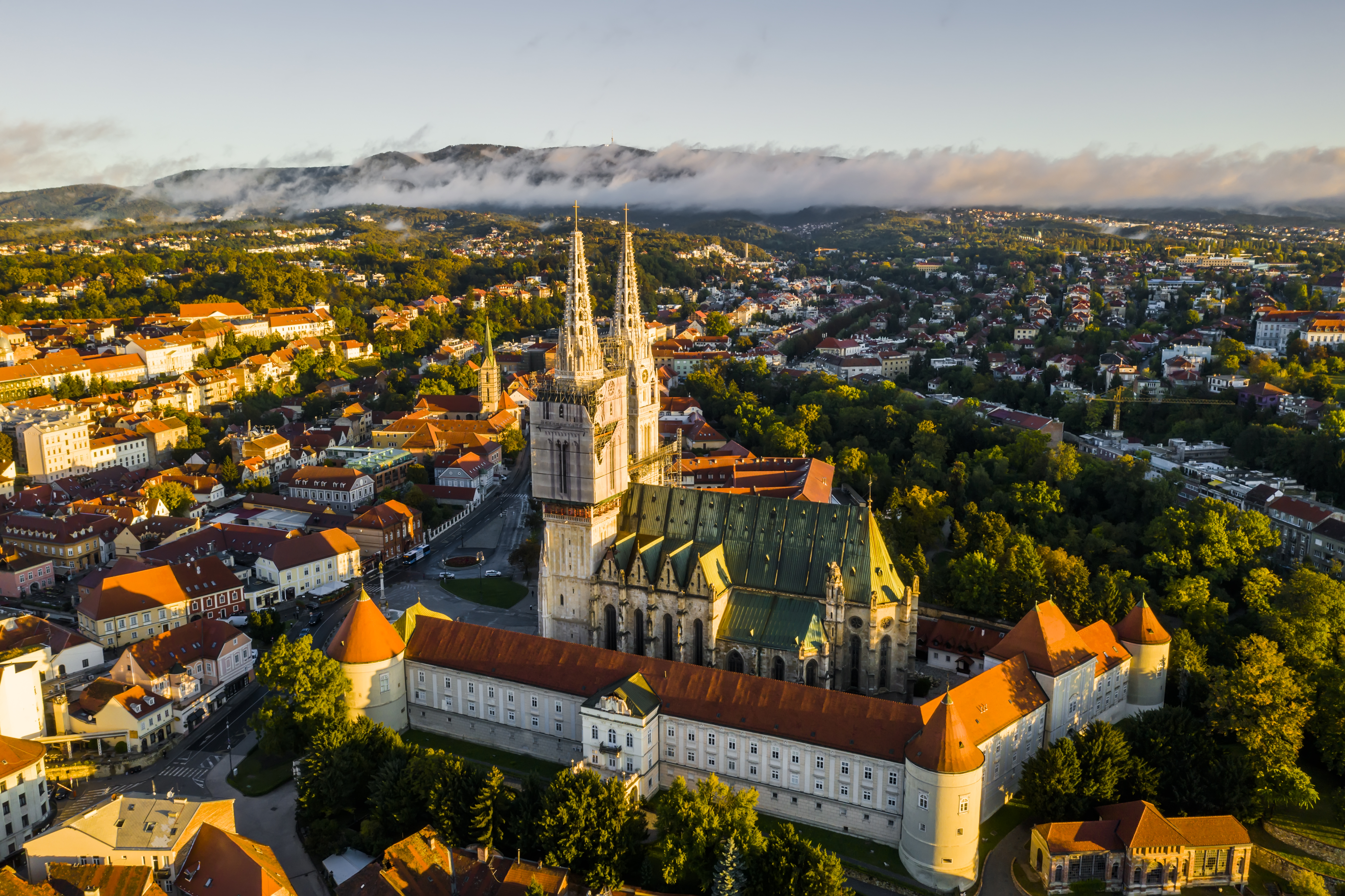Green Zagreb

You can find spaces for recreation almost anywhere around Zagreb. Also within easy reach we find Medvednica, a popular destination for outings. Right in the city centre, parks, streets and squares intersect with green spaces and gardens. Landscaped in the 19th century, Strossmayer Promenade in the Upper Town is where you can enjoy a romantic panorama of Zagreb accompanied by the poet A.G. Matoš, in sculpture form. Further evidence of 19th-century urban planning is provided by the so-called Green Horseshoe. This line of eight green squares created by Lenuci serves as the axis of the Lower Town. One of the most popular is Zrinjevac, known for its row of plane trees brought in from Trieste more than a century ago. Fountains, a music pavilion and busts of notable figures take us back to that time.
There is also a meteorological display which citizens of Zagreb use to check the time, the daily temperature, local air pressure and humidity. Those arriving by train are first greeted by lovely views of King Tomislav square, named after the first Croatian king; the Art Pavilion and Zagreb Cathedral. The Art Pavilion, venue for special cultural events, was originally the Croatian Pavilion at the Millennium Exhibition in Budapest in 1896. Its innovative iron construction made it possible to transport it to its present location and for it to open to the Zagreb public two years later. Nearby nestles another green oasis, the Botanical Gardens, containing one of the most splendid plant collections in Europe, with some 10,000 varieties.
Behind the walls of the Cathedral you’ll find Ribnjak, ‘Fishpond’, a park where clergymen used to catch fish for their Friday meal. In the eastern part of the city stretches spacious Maksimir. Zagreb’s biggest park was landscaped in the 19th century, in what was considered the English style. It later became home to many animals when a zoo was opened here in the first half of the 20th century. Outside the limits of the city centre, up on the hill, stands the main cemetery of Mirogoj. Its monumental arcades, pavilions and domes were designed in the late 19th century by prominent architect Hermann Bollé. One of the most beautiful cemeteries in Europe and the resting place for many public figures, Mirogoj is a lovely park in its own right, as well as an open-air art gallery.

